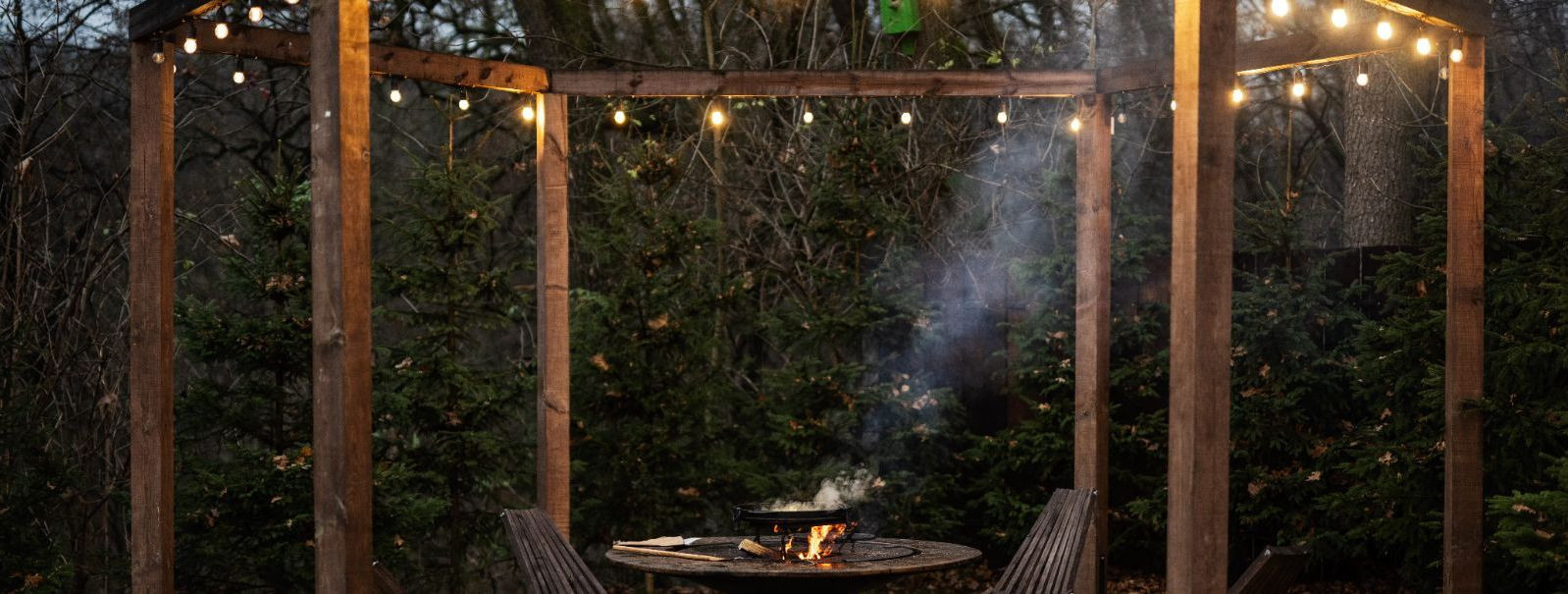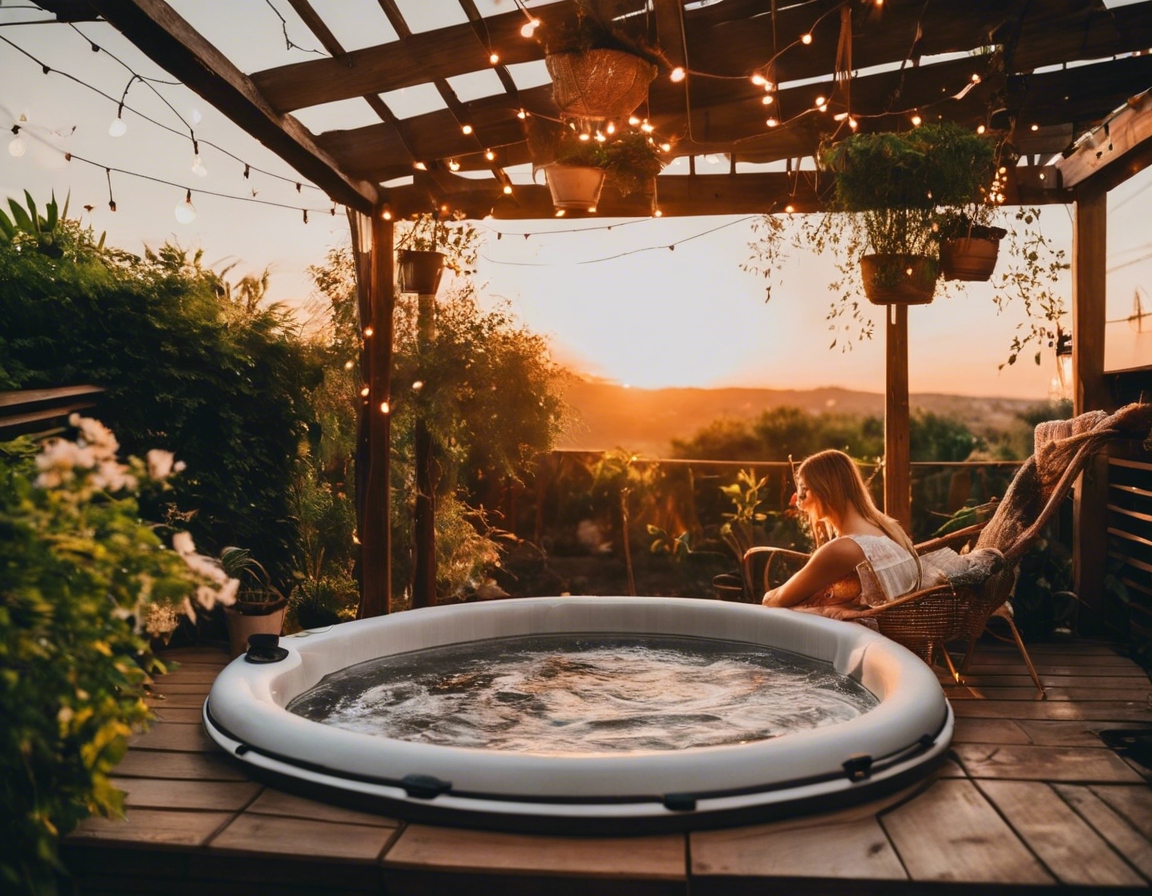5 tips for choosing the right materials for your outdoor construction
Embarking on an outdoor construction project can be an exciting endeavor for homeowners and young professionals alike. Whether it's a deck, patio, or garden structure, the materials you choose are crucial to the project's success. In this guide, we'll explore five essential tips to help you select the right materials for your outdoor construction, ensuring durability, functionality, and aesthetic appeal.
Understanding Your Climate
One of the first considerations when choosing materials for outdoor construction is the climate in which you live. Materials must withstand the local weather patterns, whether it's intense sun, heavy rain, frost, or snow. For instance, hardwoods like teak or cedar are known for their resistance to weathering, while certain metals may require coatings to prevent rust.
Each climate zone has its unique challenges, and your material choice should reflect this. In areas with high humidity, mold-resistant materials might be necessary, while UV-resistant options are essential in sunnier locales. Understanding the specific needs of your climate will guide you to materials that will last.
Functionality and Purpose
Consider the primary function of your outdoor structure. Will it need to support heavy weights, like a hot tub on a deck, or withstand high foot traffic? The functionality will dictate the required strength and durability of the materials you select.
For structures like pergolas or fences, the material should not only be strong but also flexible enough to design intricate patterns or shapes. Composite materials can offer the strength of wood but with added resistance to decay and pests.
Aesthetic Appeal
The materials you choose should harmonize with your home's existing architecture and outdoor environment. A modern home might benefit from sleek metal or composite materials, while a traditional home might look best with natural stone or classic wood.
The color, texture, and design of materials play a significant role in the overall look of your outdoor space. Consider materials that offer a range of finishes and can be customized to fit your design vision, ensuring a cohesive and attractive outdoor area.
Longevity and Maintenance
Investing in materials with a longer lifespan may cost more upfront but can save money and time in the long run. Durable materials like brick or composite decking require less frequent replacement and can endure the elements for years.
Some materials may look great but require significant upkeep. Consider the maintenance level you're willing to commit to. Low-maintenance options like vinyl fencing or metal structures might be more suitable for those with busy lifestyles.
Environmental Impact and Sustainability
More homeowners are considering the environmental impact of their construction choices. Materials like reclaimed wood or recycled plastic not only reduce waste but also add a story to your space. Sustainable options can be both eco-friendly and visually appealing.
Choosing locally sourced materials can reduce your carbon footprint and support the local economy. Additionally, materials that are recyclable or have a lower environmental impact, such as bamboo or cork, are worth considering for the eco-conscious homeowner.






Comments (0)